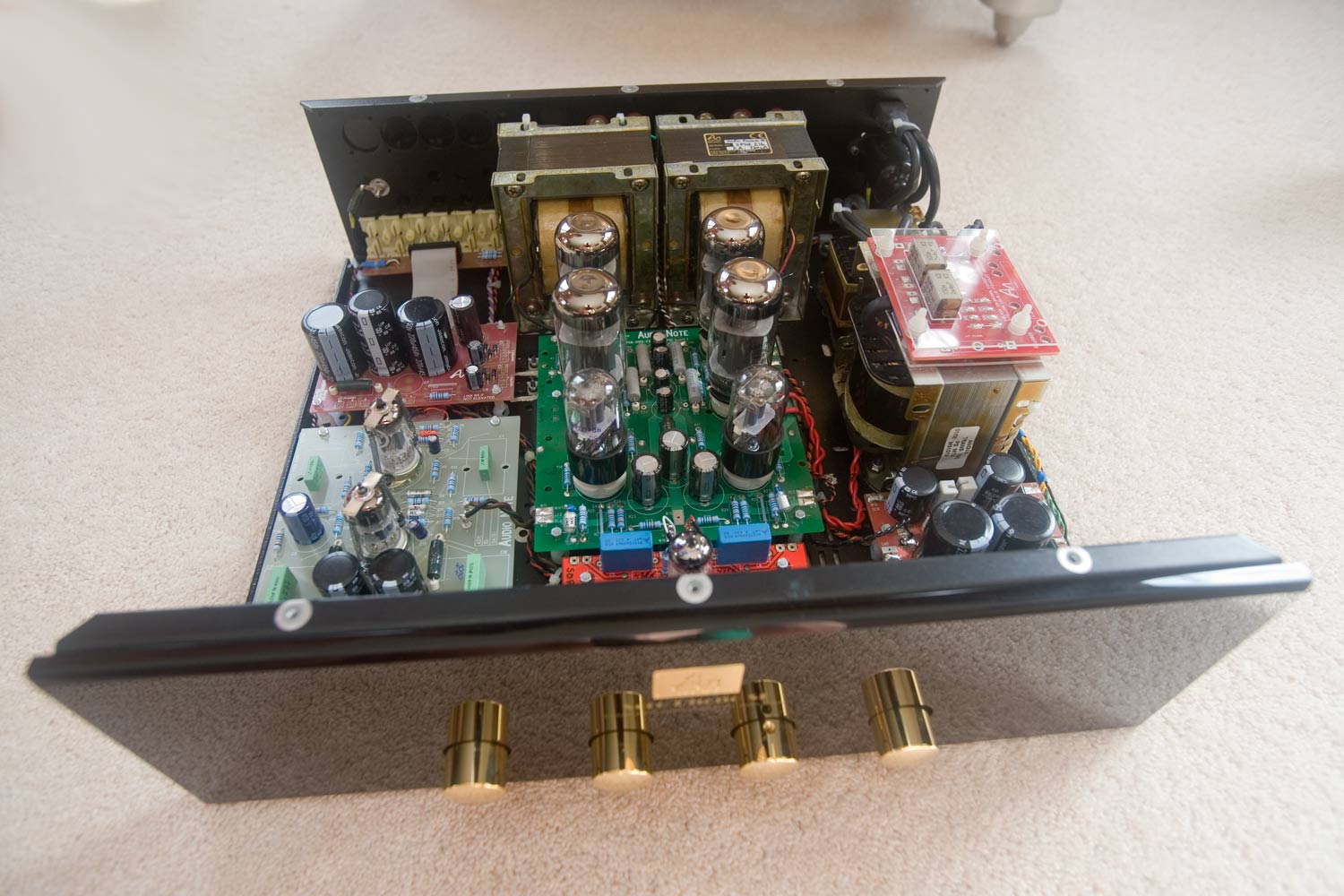

Suffice it to say, that first version of the Audio Note Ongaku is a thing of the past.
#Audionote amplifier full
The original Ongaku was created by the late Hiroyasu Kondo, founder of Audio Note Japan, and was sold by Audio Note UK as part of a business relationship so complexand, in the end, so controversialthat the full story defies a fair telling in less than a thousand words. The least expensive of the two is the new Audio Note Jinro, which sells for $26,500. Close on the heels of their own redesign of the classic Ongaku integrated amplifier, which is now priced at $121,500, the English manufacturer introduced two amps that employ the same circuit, implemented with humbler parts. And last year, the challenge of competing with Audio Note was taken up by yet another company: Audio Note. The Audio Note Ongaku has long been the product to beat among people who prize the immediacy, palpability, and musicality of the finest single-ended triode (SET) amplifiers. There's even a guy in Canada who's built and sold a few (reportedly quite good) Ongaku copies. Once upon a time, Gordon Rankin and Don Garber, of Wavelength Audio and Fi, respectively, created a smaller but similarly wonderful-sounding amp dubbed the Baby Ongaku. Other audiofolk appear to have been similarly impressed. Just as important, the Ongaku was goodin many ways, the best I've ever heard. But for me, whenever I'm in pissing-and-moaning mode, the choice is easy: Why hasn't the average consumer heard of the Audio Note Ongaku?Īfter all, the Ongaku was, for a while, the most expensive amplifier you could buy: £30,000 in 1988, the year of its release. The last word is up for grabs: Wilson? Levinson? Linn? Maybe. It's asked all the time, wherever audiophiles gather to grumble: "Everybody knows about Ferrari, Rolex, and Leica.


 0 kommentar(er)
0 kommentar(er)
